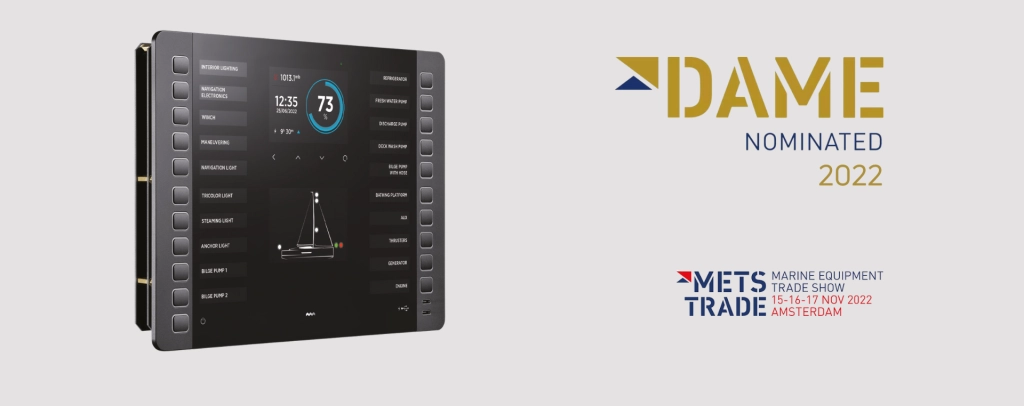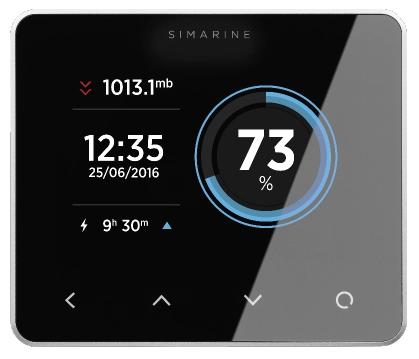One of our PICO’s main functionalities is monitoring tank levels. This blog post will explain which tank sensors we support and how to configure them in PICO to properly track your tank levels. Let’s get started!
You can use both resistance and voltage tank sensors
We support all analog sensors, so either resistance or voltage sensors. Resistance sensors must have a working range between 0 and 65 kiloohms, so resistance sensors with a working range between 5 and 10 kiloohms are also supported. On the other hand, voltage sensors must have a working range between 0 and 75 volts, for example, a tank sensor with a working range between 5 and 10 volts.
How to set up the calibration points
Now let’s have a look at how to properly configure the tank sensors in PICO. First you have to access the main menu by holding the right button. Then scroll down to Devices, then Tanks, and finally Add New.
First you need to select the type of tank you have. You either have a water tank or a fuel tank. The next step is to select the type of sensor (resistance or voltage) and the input to which the sensor is connected.
Also set the tank’s full capacity.
This process brings us to setting the calibration points. For regular-shaped tanks we recommend at least two calibration points, and for irregular-shaped tanks we recommend at least 3 calibration points. The more calibration points you set, the more accurately PICO can display tank levels. You can include up to 11 calibration points.
Some of you may already have a different system installed and want to swap it up for ours. This is no problem for a water tank, because you can easily just drain and refill the tank. For fuel tanks, though, we recommend noting the current voltage or resistance that the sensor is reading (check this in the calibration points).
Write down the value and go to the gas station and fill your tank to the top. Write down how many liters you put in the tank. Your first calibration point will be for the full tank. The second point will be the full tank minus the liters you put in the tank. For the input value, enter the level you had before you filled the tank. PICO’s retrofitting is now complete.
Have any questions about configuring the water and fuel tank sensors? Email us anytime at [email protected].
If you want to learn more about our system, subscribe to our YouTube channel. See you there!




